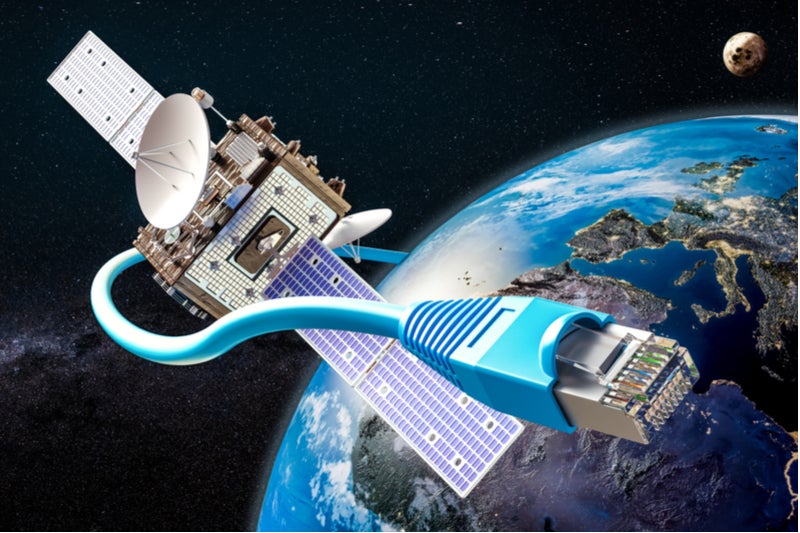
A group of telecommunications, technology, aviation and aerospace companies recently announced the formation of the HAPS (high altitude platform station) Alliance, dedicated to the promotion of a new communications platform supported by aircraft hovering in the earth’s stratosphere.
The potentially revolutionary technology has a long way to go before being commercially available. However, it now has the support of influential backers looking to utilize, or build, the technology. Included among initial HAPS Alliance members are cellular operators from Japan, China, India, Germany, and Spain whose collective footprint extends to the vast majority of the global population.
HAPS also has the support of important telecommunications vendors Ericsson and Nokia as well as Airbus, which would presumably like to lead the development of a whole new class of aircraft. Another influential company, Facebook, has also been working to develop HAPS technology, but has not yet joined the HAPS Alliance.
The Alliance also includes Alphabet’s Loon, which has for many years been working to redesign essential components of a cell tower to be light and durable enough to be carried by a balloon into the stratosphere. However, the journey upward can be harrowing, and balloons are susceptible to changes in temperature and wind.
HAPS could potentially run on solar power
The stratosphere is characterized by lower winds than the troposphere. Asa result, the Alliance is working toward a network of floating aircraft designed to stay in the stratosphere for long periods of time, presumably powered in part through solar panels, since the stratosphere is above the cloud system.

How well do you really know your competitors?
Access the most comprehensive Company Profiles on the market, powered by GlobalData. Save hours of research. Gain competitive edge.

Thank you!
Your download email will arrive shortly
Not ready to buy yet? Download a free sample
We are confident about the unique quality of our Company Profiles. However, we want you to make the most beneficial decision for your business, so we offer a free sample that you can download by submitting the below form
By GlobalDataHAPS proponents believe their network would offer a significant advantage compared to the new generation of low-Earth satellites currently being deployed by the likes of Amazon and SpaceX. That’s because while low-Earth satellites are substantially closer to Earth than the previous generation of satellites (1,200 km away from earth vs. 36,000 km), they are still too far away to provide low-latency communications that many applications will require. The proponents also believe that the relatively uncluttered stratosphere should enable connectivity in troublesome areas like mountains, remote islands, oceans, and undeveloped countries.
It is still very early days, of course, and HAPS proponents have a long way to go before the technology is anywhere near prime time. However, the cross-section of potential ecosystem partners now joining the HAPS Alliance – as well as the influence of major technology leaders like Facebook’s Mark Zuckerberg – could boost this technology into the stratosphere in the not-too-distant future.







Related Company Profiles
Amazon.com Inc
Meta Platforms Inc
Nokia Corp